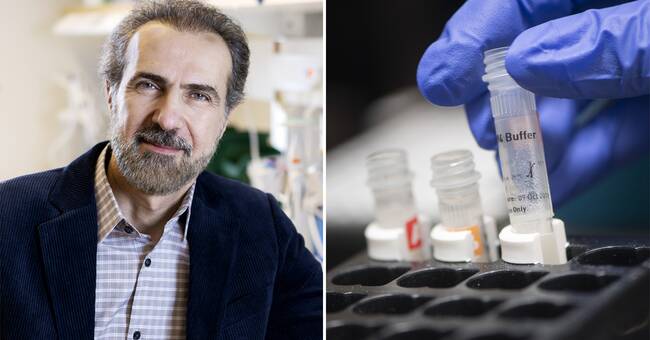During the latter part of November last year, South African researchers alerted about the then newly discovered coronavirus variant.
On November 26, it was described by the WHO as a "virus variant of special significance" and was named omikron.
One and a half months later, it can be stated that omikron has spread around the world with unprecedented speed.
Many mutations
The state of knowledge is still uncertain, but according to Ali Harandi, researcher in immunology at the University of Gothenburg, omikron is to be regarded as something out of the ordinary compared with variants with fewer mutations.
- In the omicron, we see many mutations in a place that is critical for the virus' ability to infect and get past immunity from a previous infection or vaccination.
The fact that the virus is more contagious and to a greater extent attacks the upper respiratory tract facilitates the spread.
At the same time - based on what is now known - people generally do not get as sick from omikron.
Protection from T cells
Overall, it is beneficial for the virus - to be able to infect more people, but at the same time not kill their hosts.
A Chinese study, which will be officially published at the end of January, claims that the protection provided by antibodies against previous variants is 85 percent weaker against omicrons.
Ali Harandi points out, however, that the body's ability to resist infections is very complex to comprehend.
In addition to antibodies, it is also protected by immunity from so-called T cells, which are not as easy for the virus to circumvent.
Unknown origin
It is not clear how omikron originated, but the research focuses on three theories.
One: The virus may have circulated within a limited group of people and had the opportunity to mutate and then spread on a larger scale.
Two: The virus may have mutated in a person with a severely weakened immune system, such as a person with a largely untreated HIV infection.
- They can be ill with covid-19 for up to six months and that gives the virus room to mutate, says Ali Harandi.
Three: The virus may have spread from human to animal where it mutated and then spread again to humans.
- It has previously been said that the virus originates from bats, but there are a number of domestic mammals that can also become infected with coronavirus, says Ali Harandi.
Javascript is disabled
Javascript must be turned on to play video
Read more about browser support
The browser is not supported
SVT does not support playback in your browser.
We therefore recommend that you switch to a different browser.
Read more about browser support
COVID-19: Experts' hopes for omicrons

